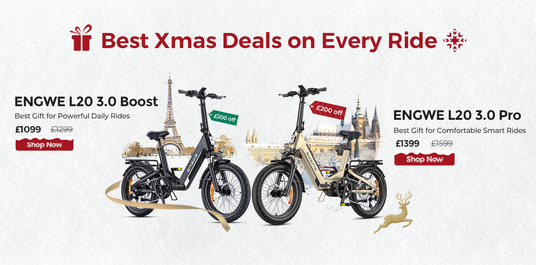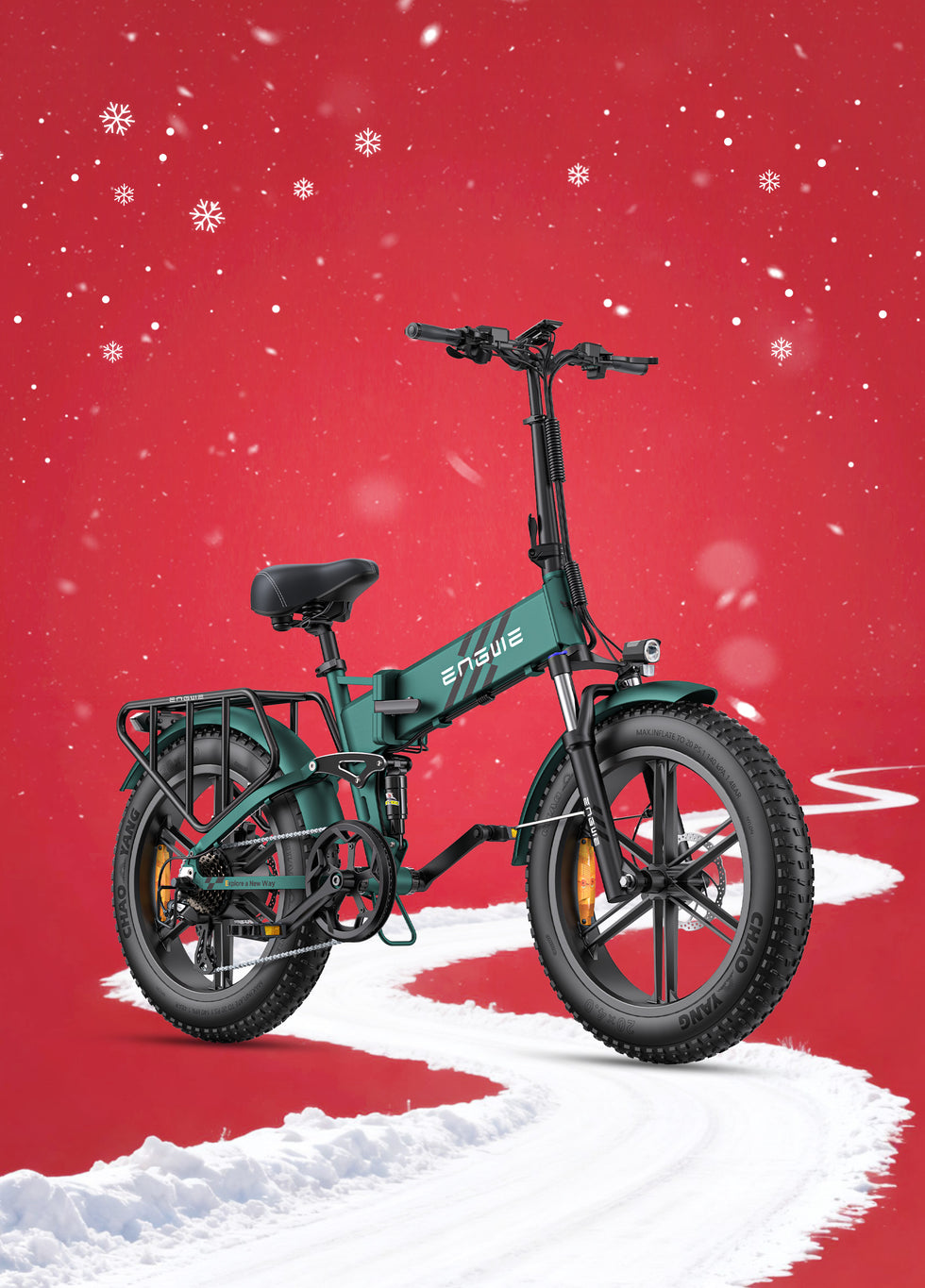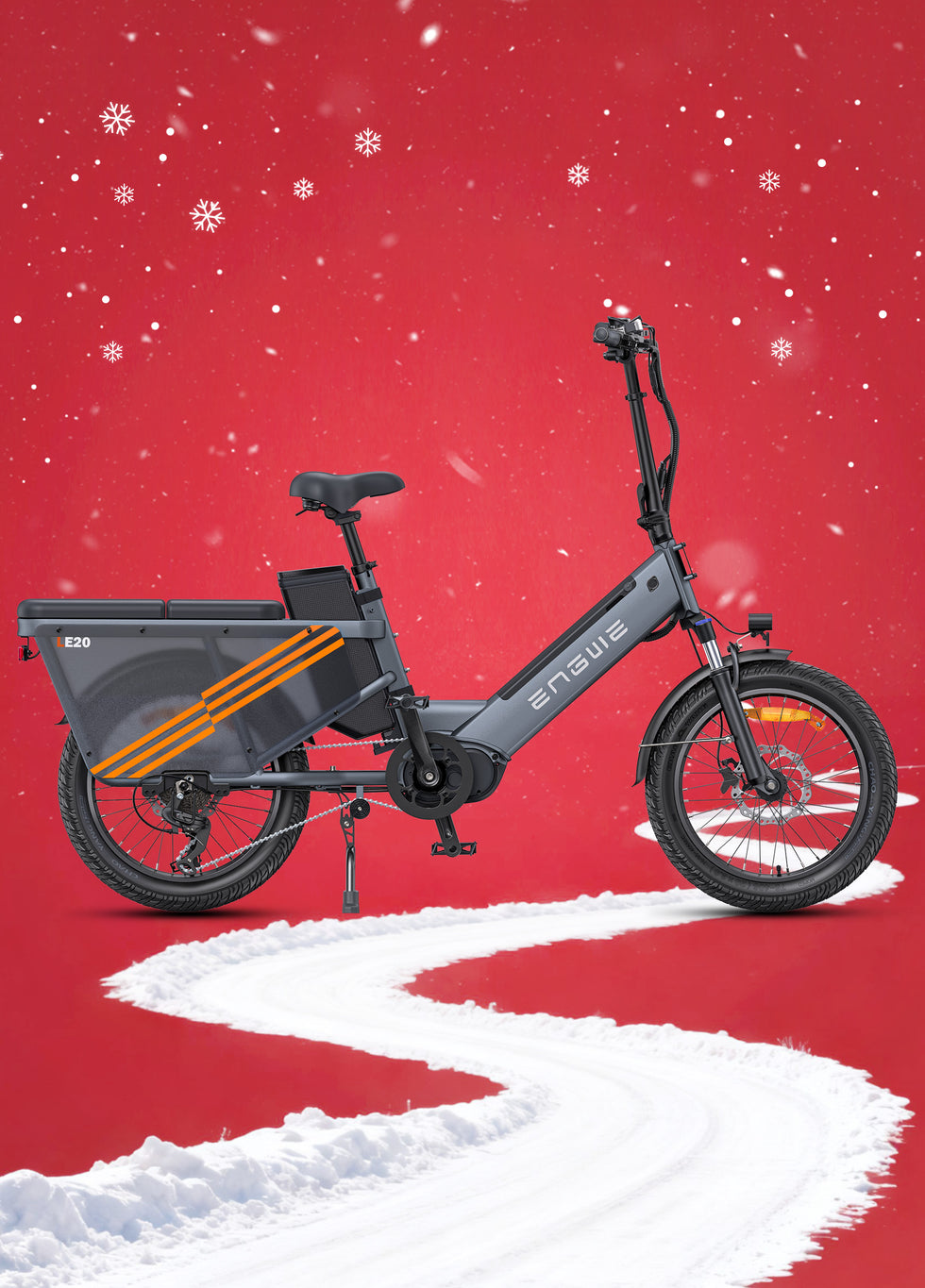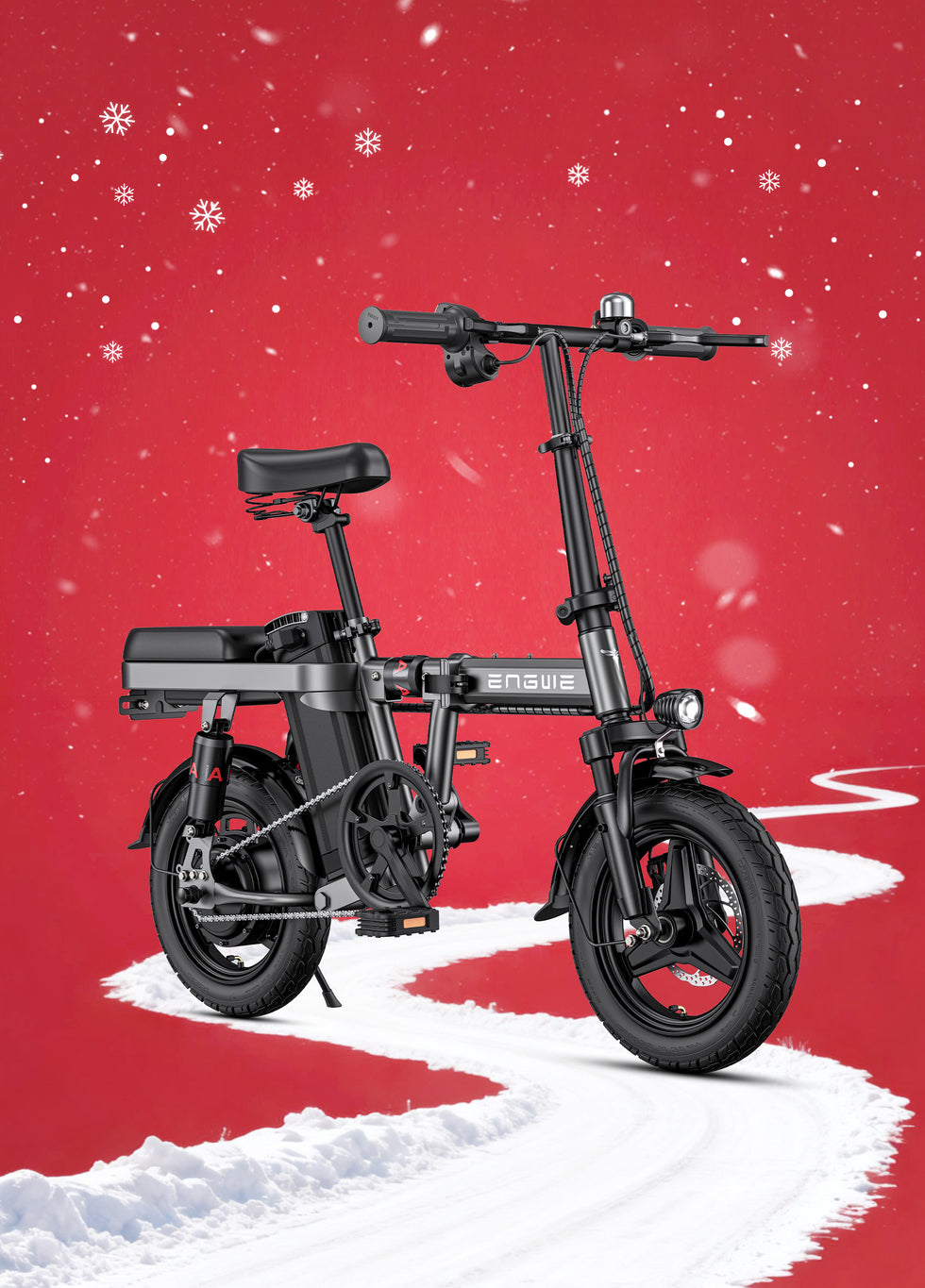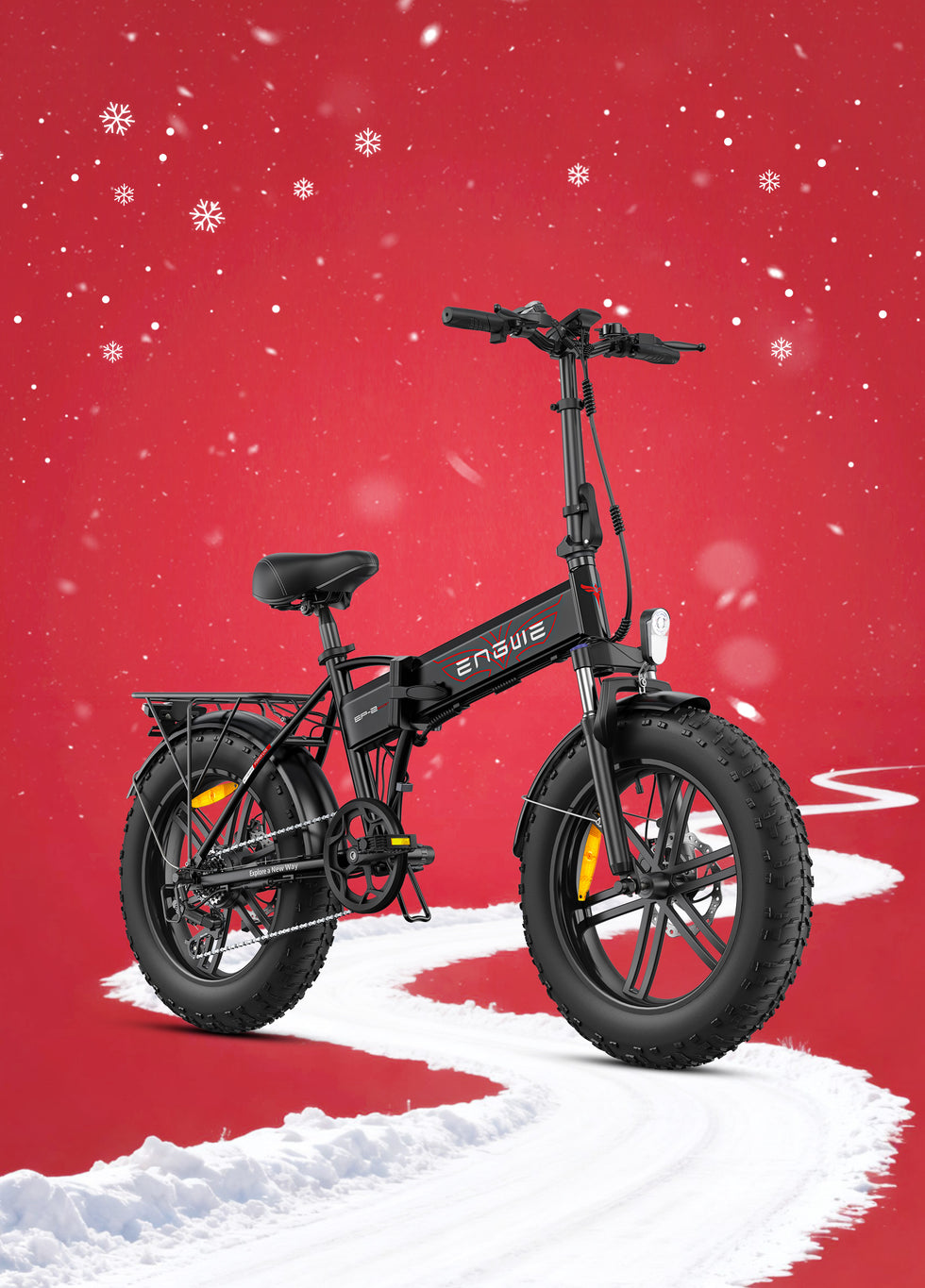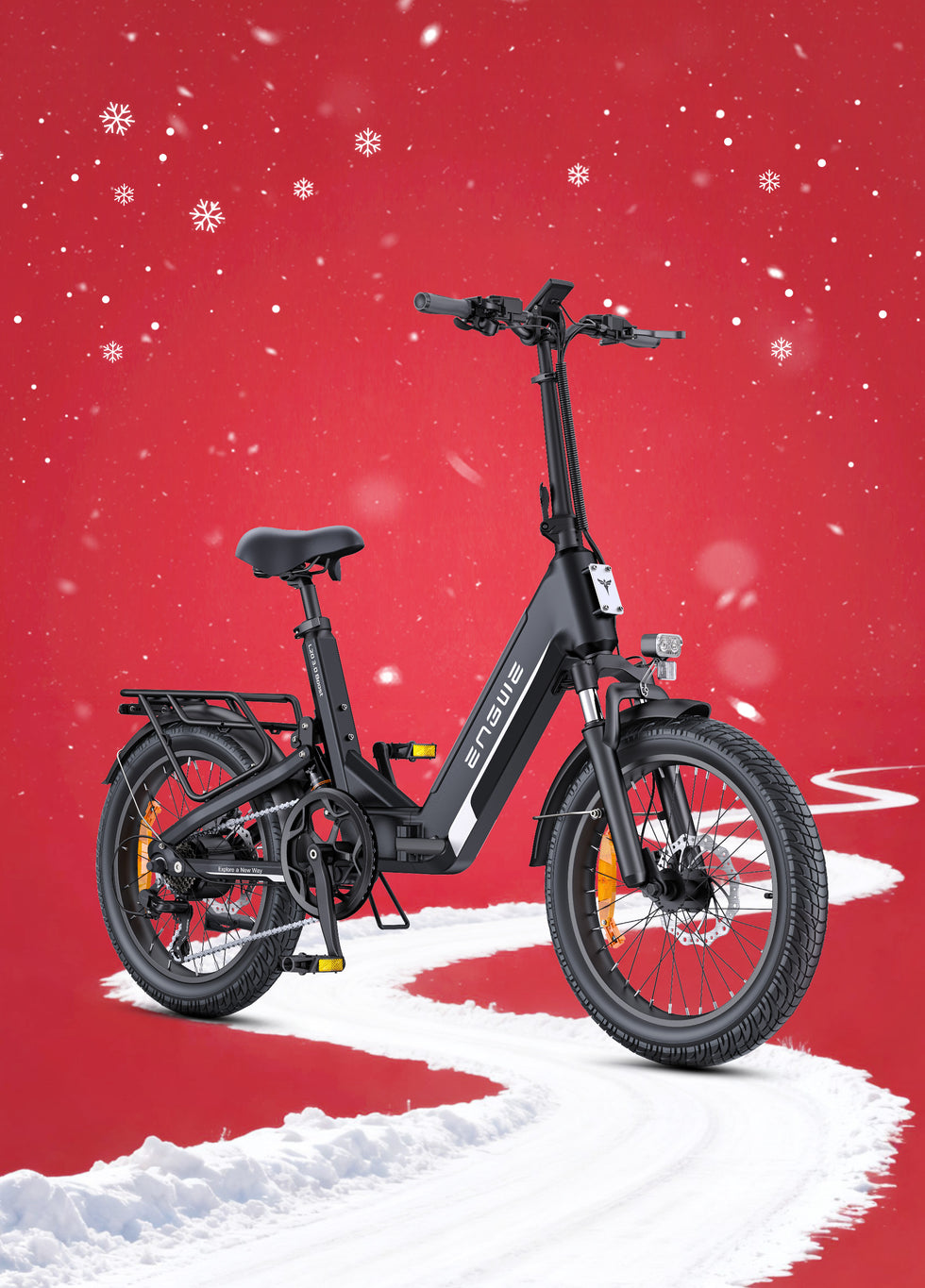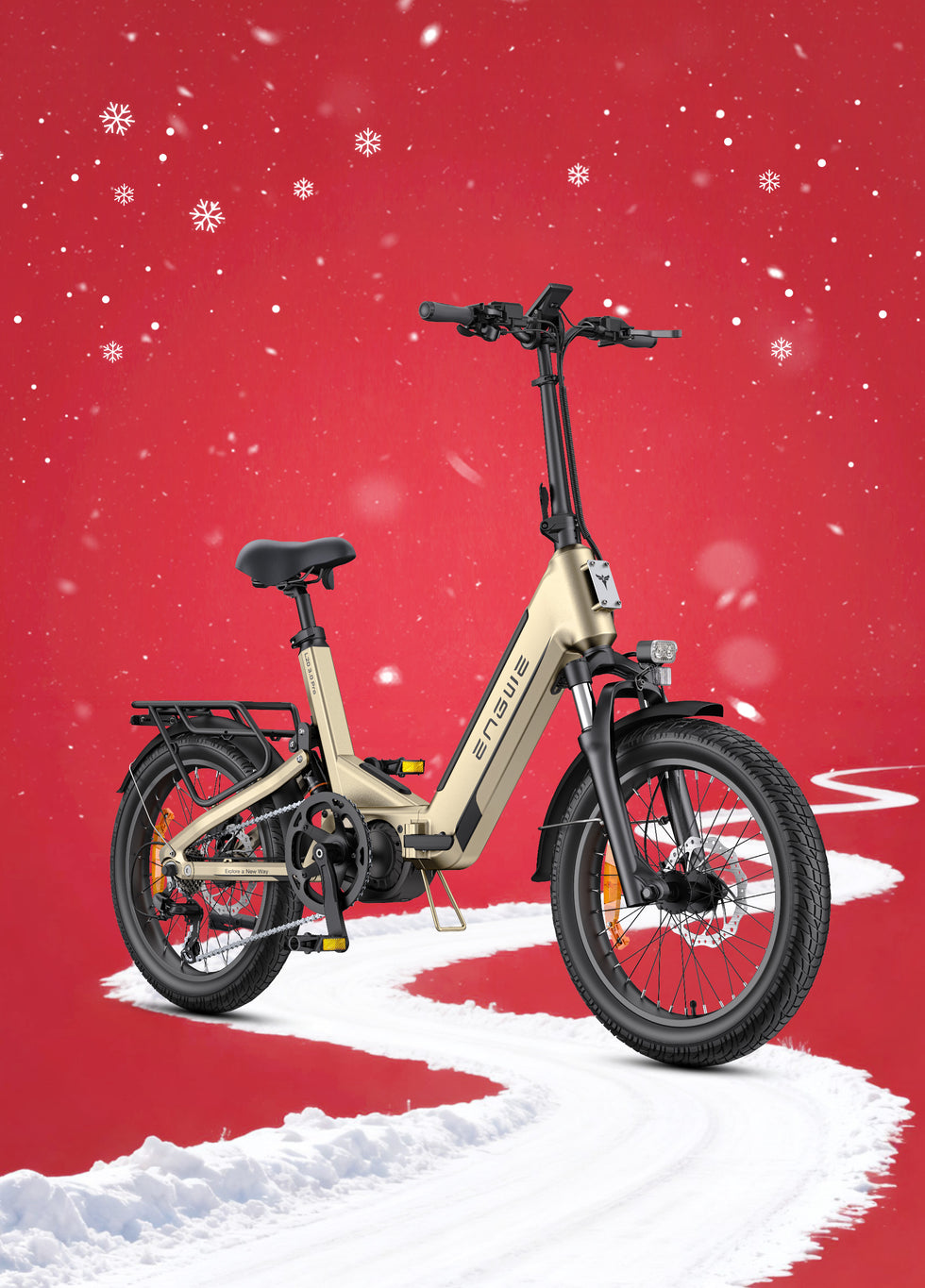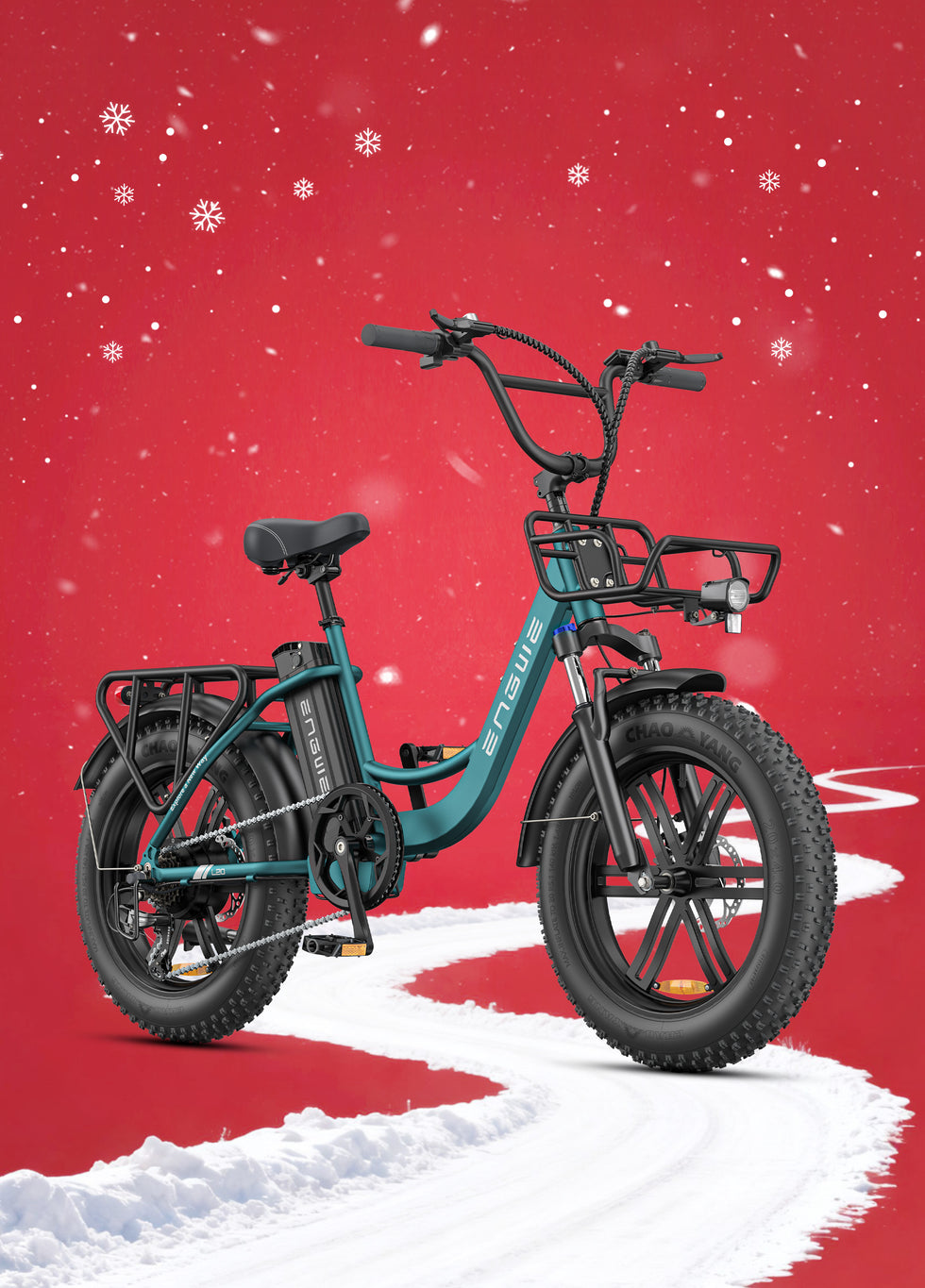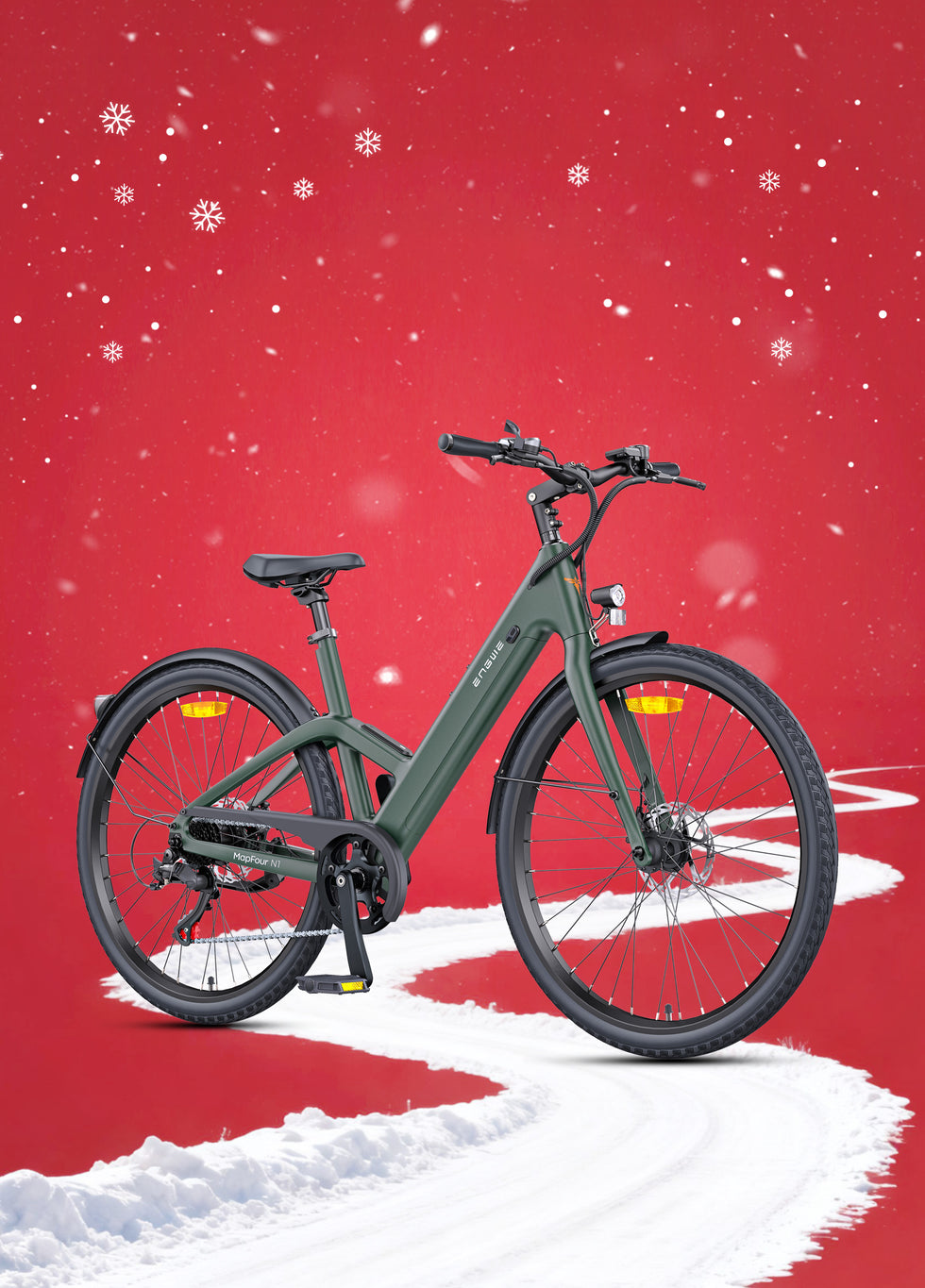User's Pain Points & The Article's Advice
| Potential Query (User’s Question) | How This Article Answers The Query (Solution) |
|---|---|
| What particular characteristics make an electric bike good for hills? I don't understand the jargon. | We break down the most important elements: motor torque (Nm), battery capacity (Ah) and gearing. We do a simple explanation on why for climbing, high torque matters more than raw power (watts). |
| I am in search of a precise, trustworthy recommendation. I can’t spend hours researching dozens of models. | We have a special section covering a top model, the ENGWE EP-2 Boost. We describe its hill-climbing aspects, such as the Boost button and high torque, and compare it to a perfect way out. |
| How can I safely ride an e-bike on hills, especially when I go downhill? | We include a piece discussing critical safety components, namely well-made disc brakes for controlled downhill stops. We also discuss the importance of suspension and tyres for control. |
| Is it just about the motor? What else should I consider? | We talk about the big picture: the synergy of the motor, the bike's gearing (Shimano’s 7-speed) and proper riding techniques to optimise efficiency and battery life across a variety of terrains. |
| I’m concerned about running out of battery halfway up a long climb. | The importance of battery size and range is well explained. We chat about things like removable batteries for easy charging at home and how to use assist levels to better conserve power. |
The feel of a steep hill is no stranger to any bike rider. Your legs send bolts of pain into your hips, your lungs flare in your chest and the summit struts before you. This very need to labour is what leads so many to consider a super-powered electric bike, a machine designed to flatten hills and turn a dreaded climb into an enjoyable ascent. But the market is awash in options, and not all e-bikes are made for climbing. The best e-bike for hills isn’t necessarily the most expensive or the one with the fastest top speed: it’s the one that offers the technology you need for your particular terrain, turning a tough slog into a smooth, controlled ride. In this guide, you’ll get a breakdown of what’s really important for tackling hills and what features you should look for when making your decision, so that you can confidently choose a good hill-climbing E-bike, no matter how big your journey.
The Holy Trinity of Hill Climbing: Torque, Battery and Gears
It’s very tempting when looking for the best e-bike for hills to focus just on the power of the motor – typically expressed in Watts (W). Although there is a legal maximum for continuous power output (250W in the UK and EU), the number that really expresses a bike's climbing capability is its torque, usually expressed in Newton-metres (Nm). Here is a simple analogy to help explain the differences between the two: Power is what keeps the car going at speed on a flat road, but torque is the raw twisting force that actually gets the car moving from a standstill or up a steep incline. For riding in hilly areas, you need better torque. Find a bike with a minimum of 50Nm of torque, which should give a meaningful and effective kick when things steepen.
The second is the battery. Going up and down hills requires quite a bit of motor power, which drains the battery far more quickly than on the flat. A short-range battery will leave you with nothing but “range anxiety,” the constant worry that the support will cut out on the steepest part of your ride home. You need a battery with a huge capacity, in Ah or Wh. It’s like your fuel tank; it will provide you with more confidence to use the higher power modes when necessary without worrying you will be left with no power. Practical features such as a removable battery are also a massive advantage, allowing you to charge it inside the house.
Lastly, don't discount the value of gears. A great electric bike for hills will have a quality motor and gearset combination, such as those Shimano produces. Gearing systems enable you to keep a quick cadence while pedalling, even up very, very steep grades. Changing to a lower gear just makes it easier, for both your legs and the motor, to turn the wheel, reducing fatigue and saving battery power. With plenty of gears to choose from, a quality gear range can be a game-changer on an e-bike climbing up a hill. Having ultimate control to tailor your effort and the level of assistance that the motor provides allows for a smooth and efficient ascent.
A Fine Example of a Hill-Climbing E-Bike: The ENGWE EP-2 Boost
Finally, add in everything you need for hill-climbing and get the machine that can tackle it all. The ENGWE EP-2 Boost is a prime example of a foldable electric bike specifically built for off-road terrain. It’s built around a strong 250W motor, which is EU legal, but the big number is its impressive 55Nm of torque. That massive twisting force is what you feel the instant the gradient becomes vicious, delivering a surging and assured tug. What really makes all the difference is the easy-to-use Boost button for an instant hit of speed when you need it, getting you up short, steep hills with no effort at all. An intelligent torque sensor assists too, translating your pressure on the pedals in real time into constant power that's free from jerking and allows for a much more natural ride. The EP-2 Boost is powered by a large 48V 13Ah high-capacity battery which provides a range of up to 120 km per charge in ECO mode - goodbye, range anxiety. That power is transferred through a dependable 7-speed SHIMANO transmission, so you can always find the right gear. For grip and stability on any terrain, it has 20x4.0 fat tyres, a powerful braking system with 180mm front and rear disc brakes, and SPT for transferring on a safe downhill slope. Its folding style gives convenience to be carried and stored.

Outside the Motor: Other key things to look for in hilly terrain
And while the motor and battery are the engine room, it turns out that the other bits are just as important to the journey up (and back down again). What goes up must come down, and managing speed on a steep descent is a safety issue, plain and simple. This is where the brakes matter most. Opt for bikes with disc brakes, ideally hydraulic or large mechanicals (up to 180mm rotors). They provide much better braking and performance in wet conditions than traditional rim brakes, allowing you to travel down hills faster and come to a stop more safely and in control.
Suspension is also another great source of comfort and control on hills, particularly if the road is less than perfect. A front suspension fork will help you stay in control even when the road gets rough. This also aids grip on a climb, allowing you to remain seated, keeping the rear wheel planted and not washed out, while pinned on a fast descent too, making the ride far less bounced around and more controlled. Finally, consider the tyres. Broader "fat" tyres make a bigger connection to the ground, and in ordinary physics, that's better grip – a huge advantage on loose gravel or wet, leafy climbs. They also deliver natural cushioning that continues to provide comfort during the whole ride.

Technique is Key: Maximizing your Ride
Half the battle is owning a great e-bike; the other half is knowing how to ride it efficiently up and over hills. It’s not about playing defence, but offence. Shift into an easier gear as you start to go up a hill. This way, you can keep a solid pedalling frequency (cadence) without straining your legs or the motor. Choose the right level of assistance; you don’t have to be on turbo all the time. Use the assist on low or medium and pedal a little harder, and your battery will last much longer. Do your best not to lose momentum as you begin the climb, and use the power to get over the crest. When you combine intelligent riding practices with the potential of your e-bike, you transform into an exponentially more efficient and successful hill climber. No hill will ever stop you again, armed with the right knowledge and the right machine.

Frequently Asked Questions
1. Is a higher watt motor always better for the hills?
Not necessarily. Wattage is about power, though the more important number for going uphill is the torque, which is measured in Newton-metres (Nm). Torque is the turning force that gets you going and pulls you up a hill. You'll often be better off using a 250W motor (the UK legal limit for continuous output) with lots of torque (say, 55 Nm or more) than a higher wattage motor with poor torque, say, when you hit a steep hill. Just focus on the torque as the benchmark for climbing.
2. How necessary is a torque sensor for hilly rides?
For a smooth hill ride, the more you pay, the more important a torque sensor is. On cheaper e-bikes, all you get is a simple cadence sensor that switches the motor on or off, depending on whether you’re turning the pedals. A torque sensor, by contrast, measures the force with which you are pressing on the pedals and provides the corresponding amount of boost. The result is a ride that is significantly smoother, more natural and more responsive. When riding up a hill, it feels like the bike is multiplying your own effort rather than giving you some kind of artificial push, which offers more fine-grained control and a more natural cycling feel.
3. Does a heavier e-bike make a huge difference going uphill?
Sure, a lighter bike is technically easier to pedal, but the electric motor's oomph mostly cancels out the extra weight of an e-bike. The help from a high-torque motor will keep climbing fun, even on a heavy 30 kg bike. When it comes to trail bikes, a bit of extra weight and some bombproof features such as fat tyres and a sturdy frame can make the bike feel more stable and planted on climbs and descents. What matters is the power-to-weight ratio of the whole package (bike + rider), and a powerful motor makes the weight of the bike itself much less relevant.
4. What e-bike maintenance is required when riding on hilly terrain often?
Riding an e-bike on hilly terrain adds stress to certain parts. You must pay particular attention to three things. First, your brakes: stay on top of your brake pads so they don't wear out, and check the disc rotors are clean and true because you will be using them a lot on descents. Second, the drivetrain: the drivetrain takes on more force and wear, so take care to keep it clean and well-lubricated to help with smooth shifting and to deter premature wear. Third, the battery: never leave the battery empty (0%) or full (100%) for long periods, and always use the charger that came with it to ensure its health and longevity.
5. What are the UK legal limits for an e-bike for use on hills?
In the United Kingdom, e-bikes are referred to as Electrically Assisted Pedal Cycles (EAPCs), and they must meet EAPC regulations to be road-legal without tax, insurance, and a license. That means the motor must have a maximum continuous power output of 250 watts, and electrical assistance must cut off when you reach a speed of 15.5mph (25km/h). The bike has to be pedal-assist as well (the motor activates only when you are pedalling). Any bike that exceeds these specifications is legally classified as a moped and must be plated and insured. Features such as a 'Boost button', however, are totally legal, as long as the motor only assists while you are pedalling and does so within the speed limit.
